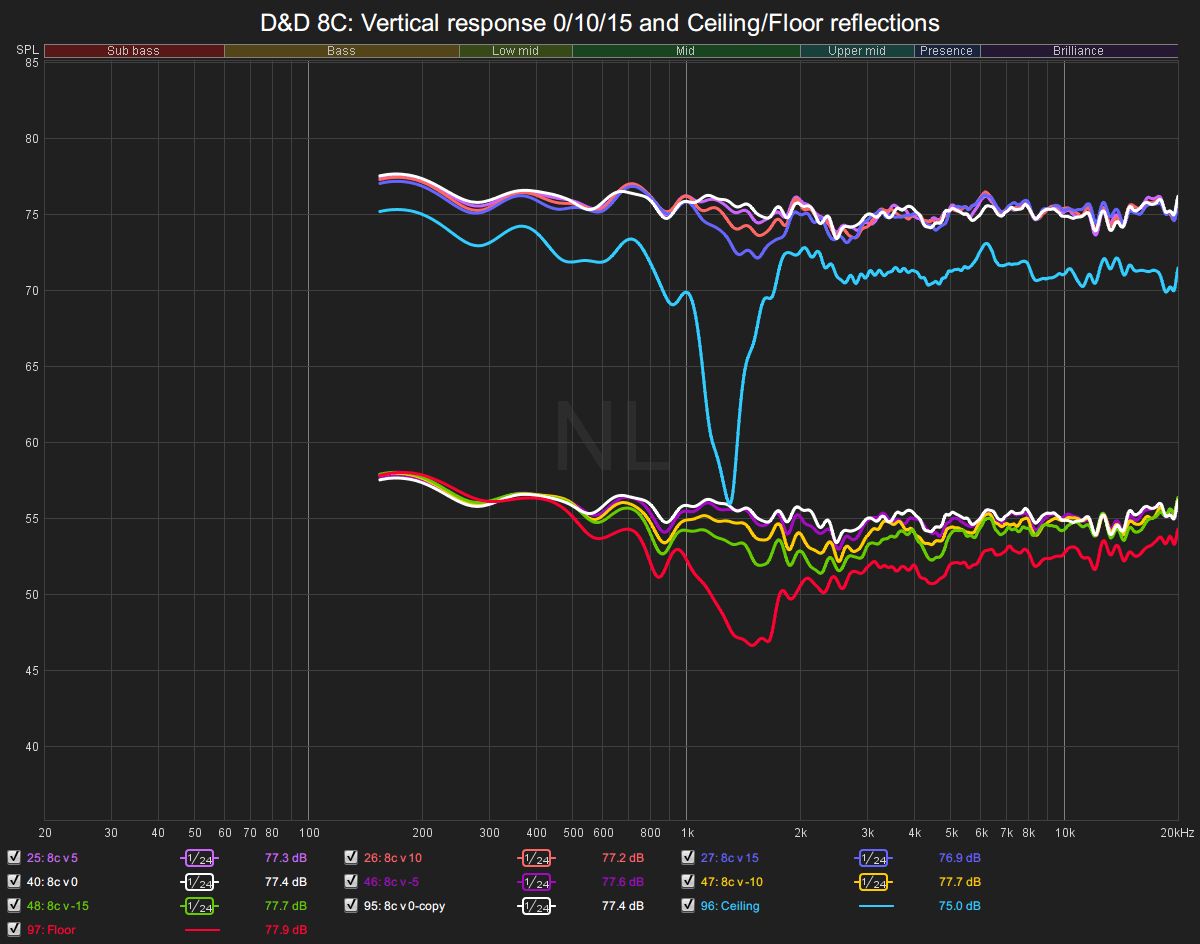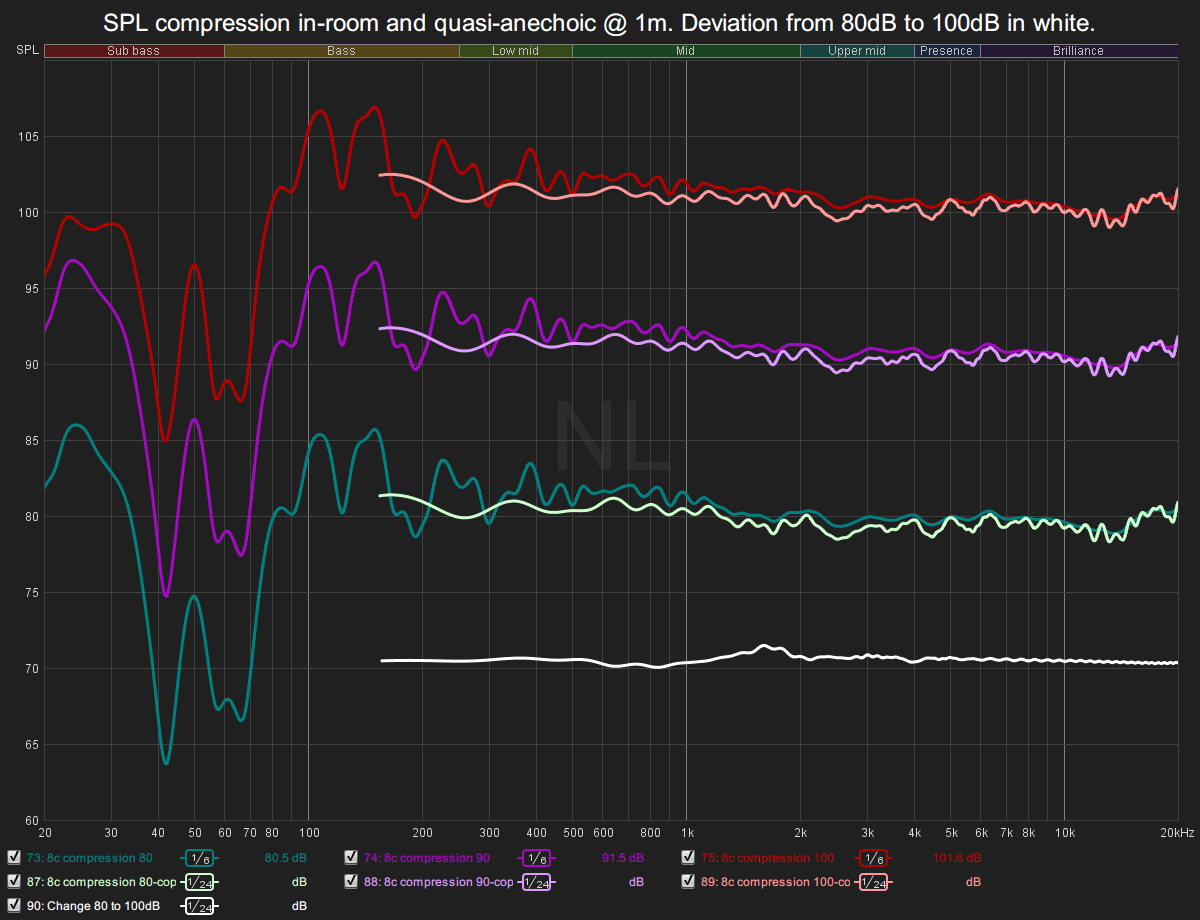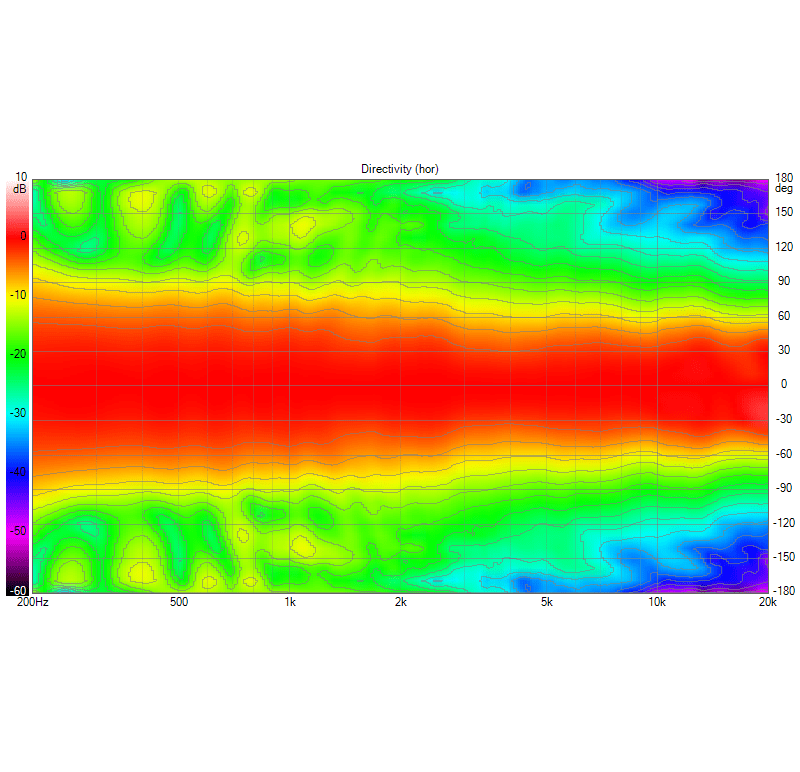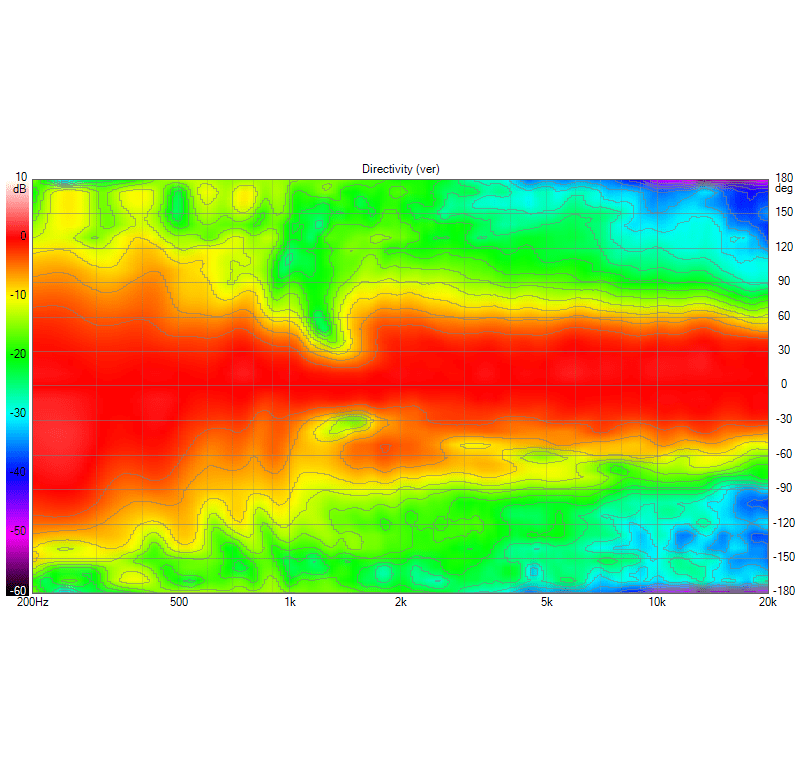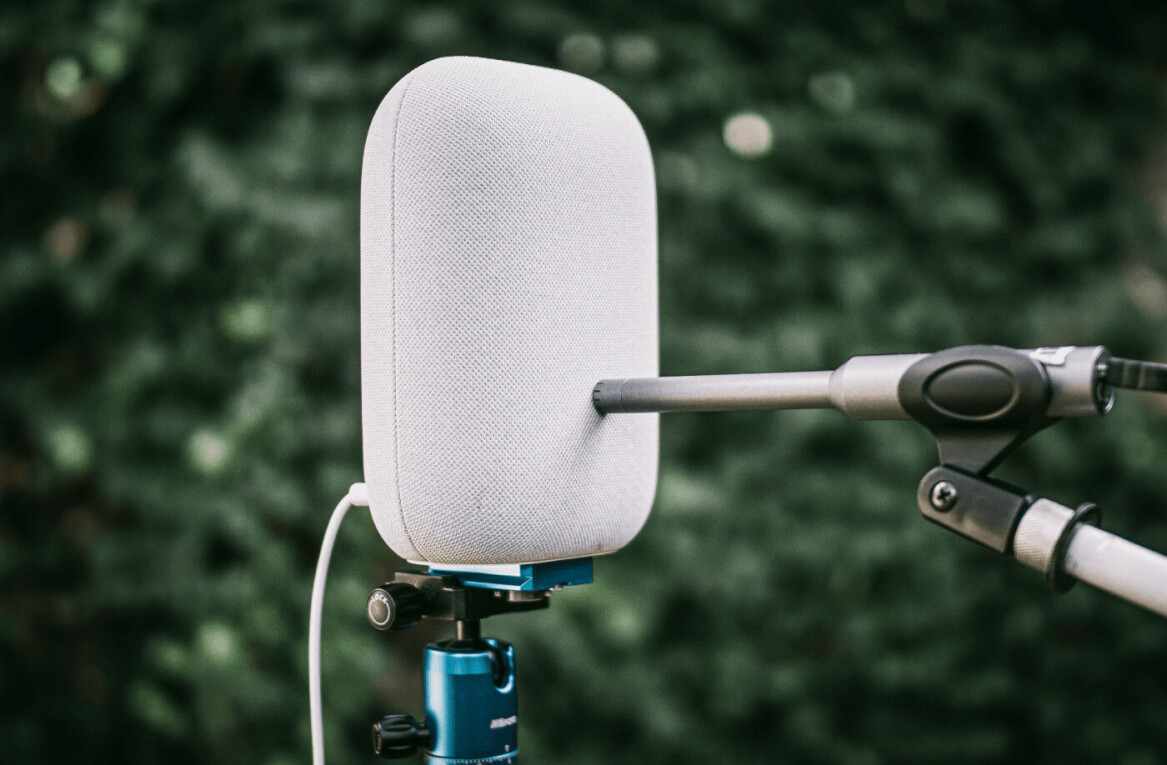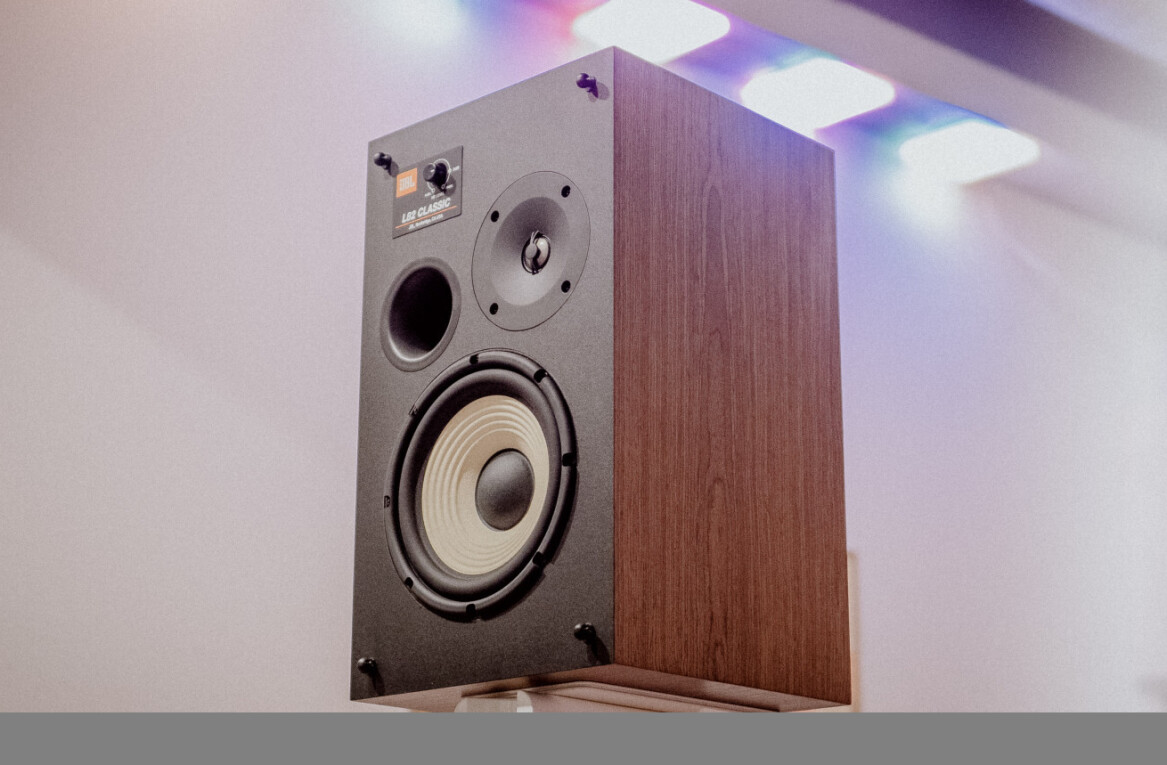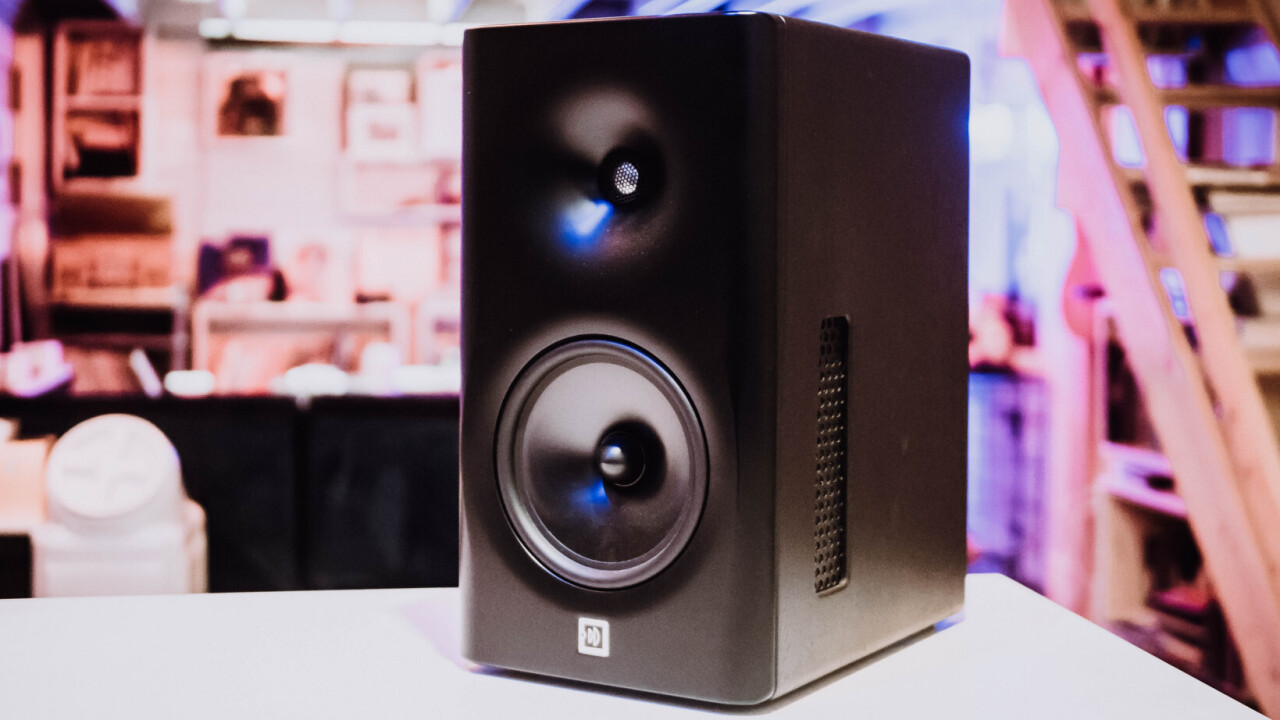
“The best sounding audio product is the one that exhibits the least audible flaws.”
So suggests Dr. Floyd Toole, one of the most influential researchers of acoustics and loudspeakers, in the introduction to his book, Sound Reproduction. The quote reads like a tautology at first, but the more speakers I test, the more I see — or rather, hear — what Dr. Toole meant.
It’s hard to meaningfully evaluate high-end speakers just by the things they do right. After all, there’s only so good an instrument or voice can sound; the most you can ask for a speaker is for it to sound “correct” — to approximate real life.
Instead, it’s often easier to judge speakers by what they do wrong. Perhaps voices sound just a little too bright, or perhaps the soundstage is fuzzy. It is these flaws that break the stereo illusion, reminding you that you are listening to a pair of wooden boxes rather than live music.
All this preamble is to contextualize my admiration for the Dutch & Dutch 8c, a pair of state-of-the-art speakers aimed at professionals and audio enthusiasts alike. They have a price tag to match their high-end status, priced at $9,750 or $12,500 a pair depending on your needs.
Among speakers this listener has heard, they might just be the ones that exhibit the least audible flaws. For not only do the Dutch & Dutch 8c offer class-leading performance in their own right — they also dramatically reduce the acoustic problems in your room itself.
How it works
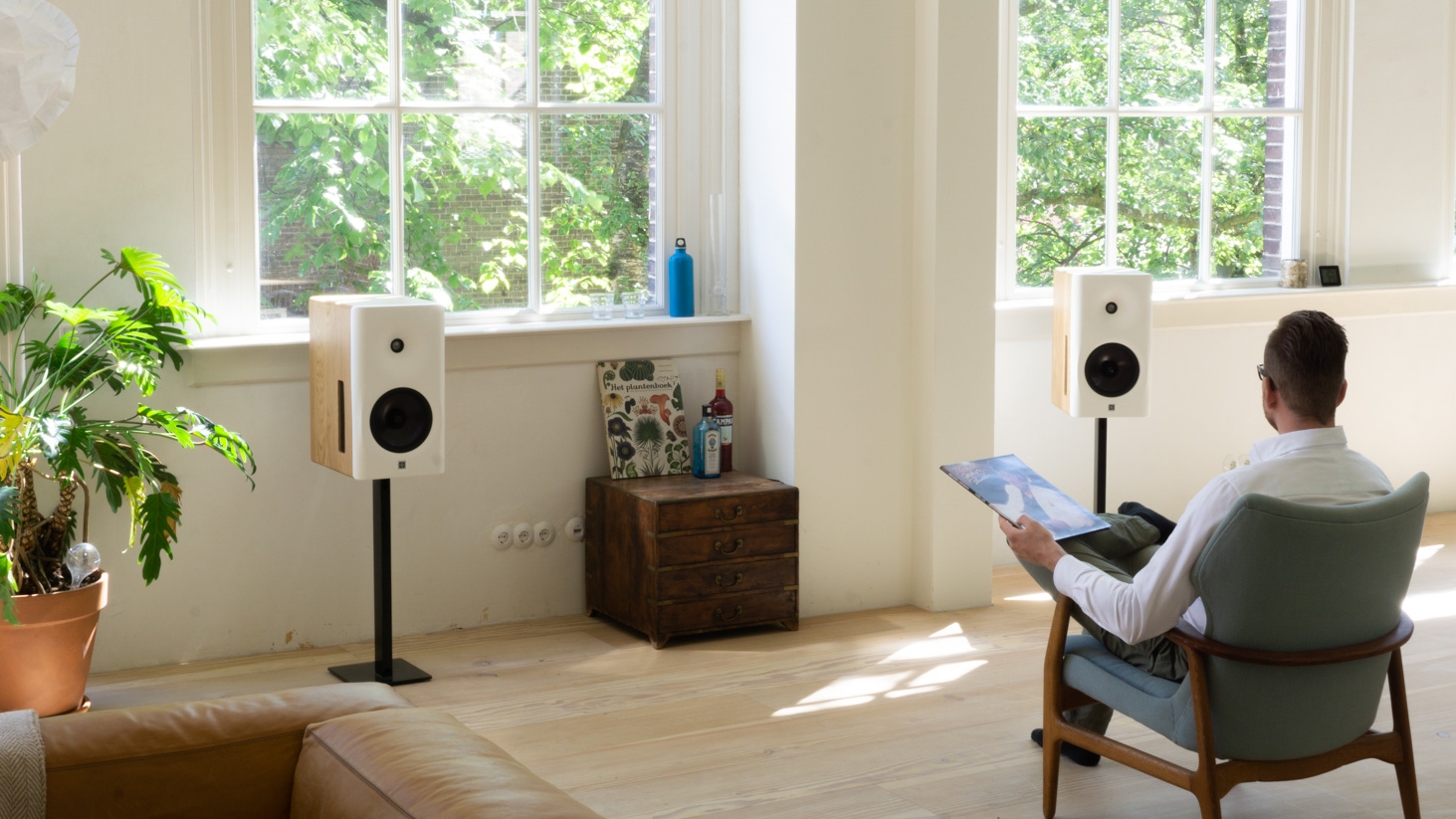
Unlike most hi-fi speakers (but like most studio monitors), the D&D 8c are active speakers, meaning the amplification and signal processing is built-in. It’s an approach I wish more high-end speakers would follow, as it allows engineers to push the limits of the hardware, offering you more bang for your buck.
Of course, $9,750 to $12,500 is still wildly expensive for most people, but not necessarily by high-end audio standards. Moreover, the 8c does more on the acoustics front to earn that price tag than most in their bracket, mainly in the effort to minimizes the negative variables of your room.
It all starts with the bass.
Speakers tend to sound quite consistent within their middle and high frequencies from room to room, but the bass is a different story. It is the Achilles heel that often makes a speaker sound great in one room and awful in another.
This is in large part because while the mids and highs tend to radiate forward, bass radiation is omnidirectional on typical speakers. When these frequencies bounce off a wall or other reflective surface, they create interference that causes all sorts of audible messiness. Correcting these errors usually requires large and ugly bass traps or strategically placed subwoofers and extensive EQ.
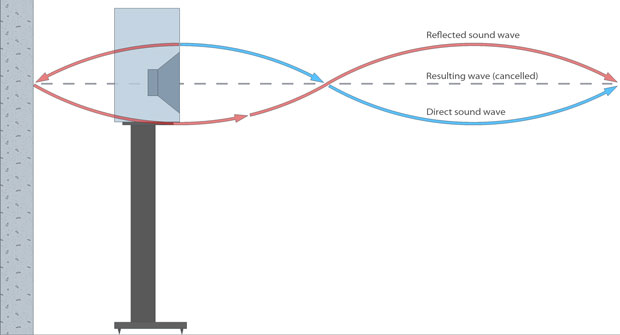
The D&D 8c, however, dramatically reduces bass messiness by simply not radiating as much rearward sound in the first place.
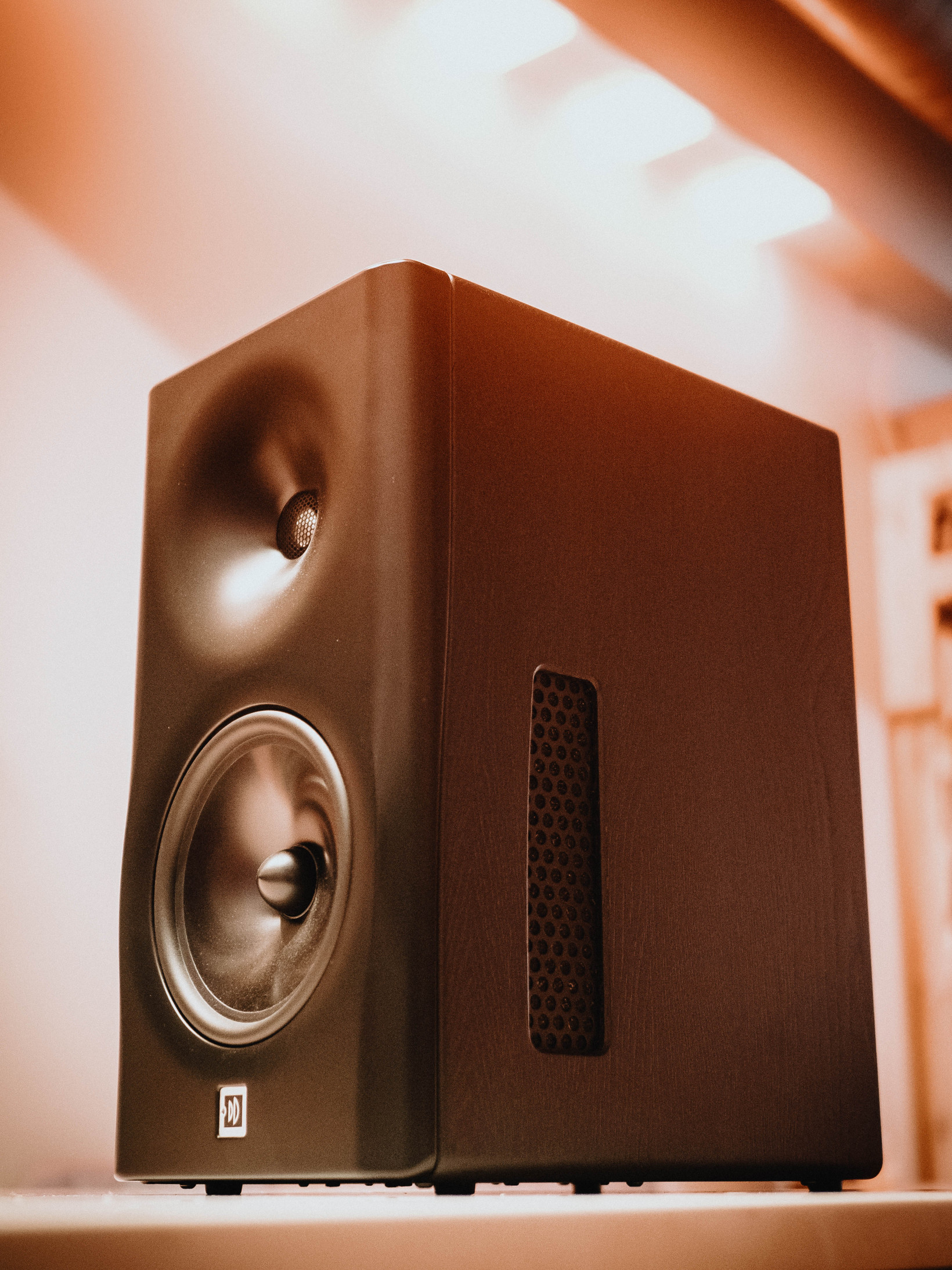
See those vents on the sides of the speaker? The 8c uses them to cancel out rearward radiation from the woofer, yielding what’s known as a ‘cardioid’ radiation pattern down to about 100Hz.
To see what I mean, here’s what a typical speaker’s horizontal radiation pattern looks like at 220Hz:
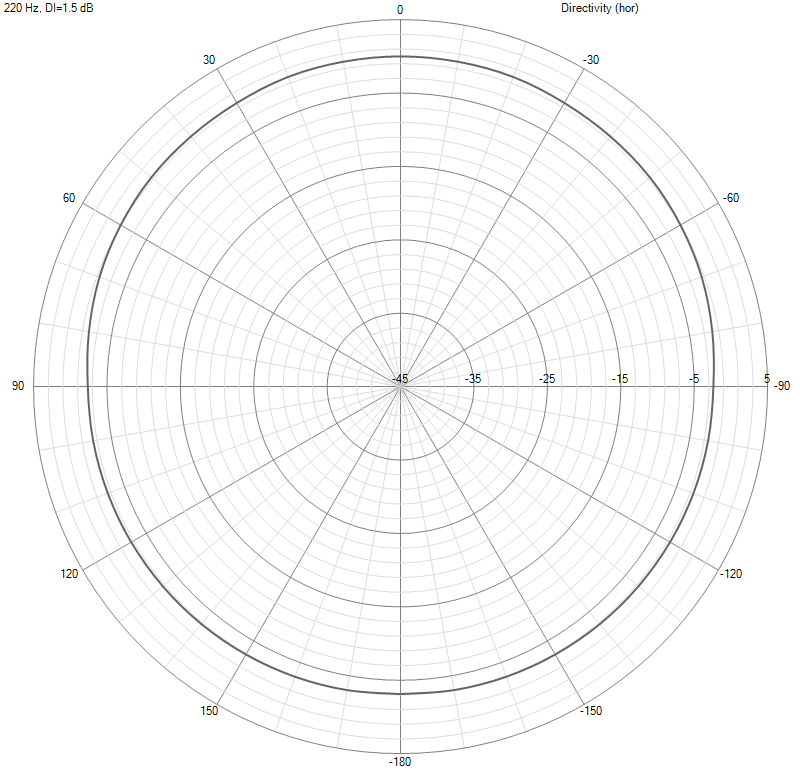
It radiates the same amount of energy in every direction, like a sphere expanding from the drivers— hence the ‘omnidirectional’ bit.
On the other hand, this is roughly what the 8c looks like:
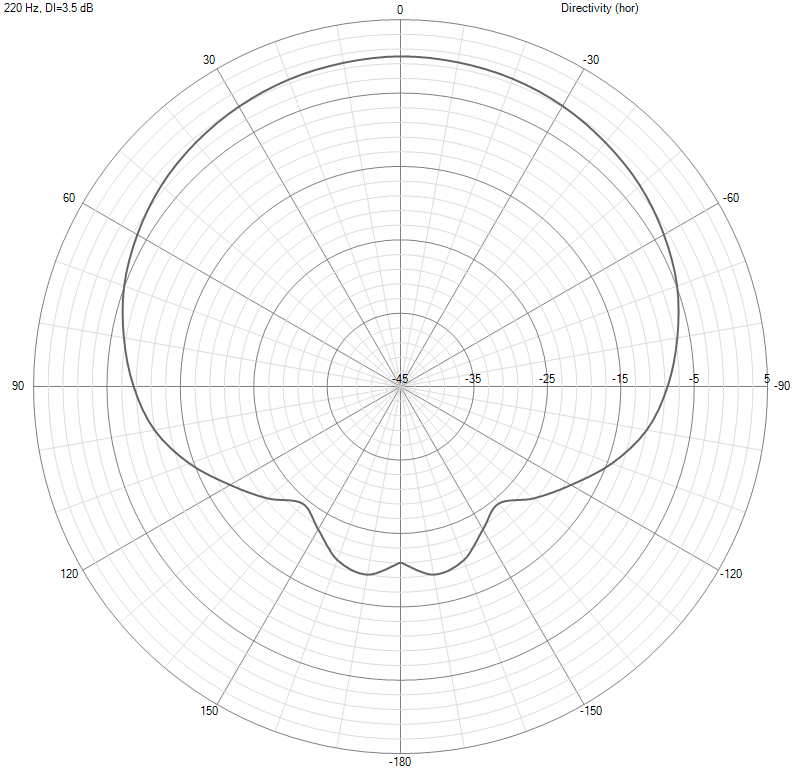
You can see there is far less energy radiating back. The 8c is certainly not the only speaker with cardioid bass – the Kii Three is a direct competitor – but it’s part of a very small club.
Taking a broader view of more frequencies, here is the horizontal radiation of a typical speaker ‘good’ speaker from 200 Hz to 20,000 Hz:
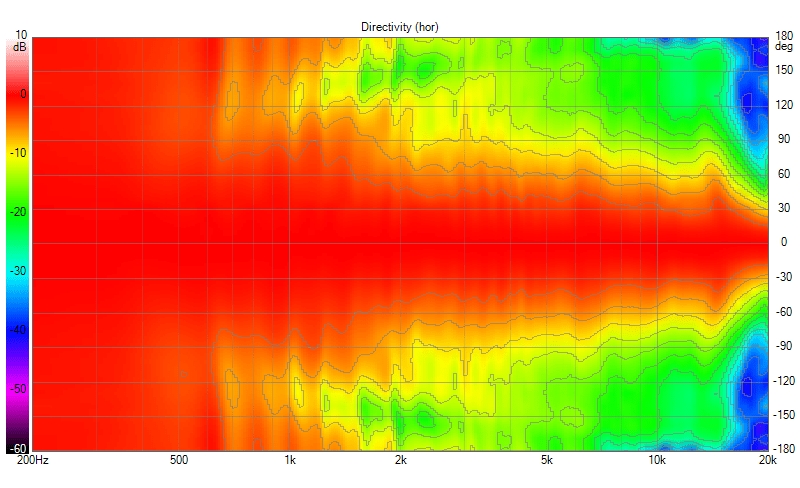
The areas marked red are loudest. You can see how below about 600 Hz, the bass becomes completely omnidirectional on this speaker; the red zone covers all angles out to 180 degrees.
On the other hand, the 8c maintains its forward radiation down to 100Hz:
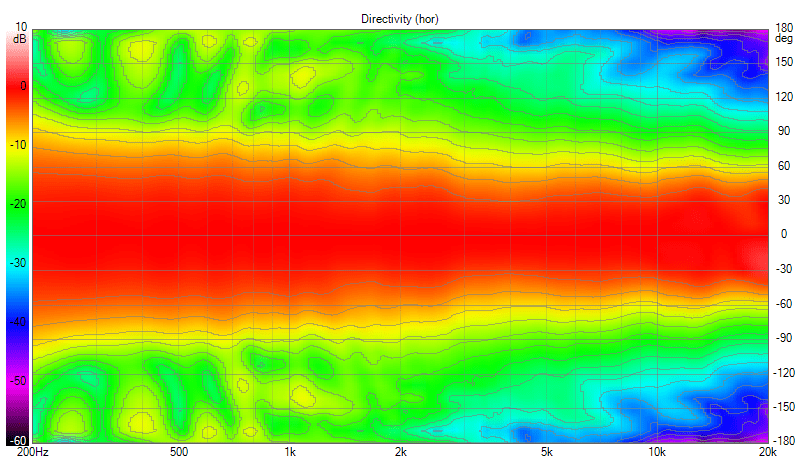
Aside from significantly reducing interference, the cardioid radiation has the benefit of allowing you to place the speakers close to the wall behind them without muddying up the sound. In fact, the 8c is meant to be placed near a wall, as it uses the proximity for another trick: A pair of 8-inch subwoofers on the back of the speaker use your wall as a launchpad to augment the low bass.
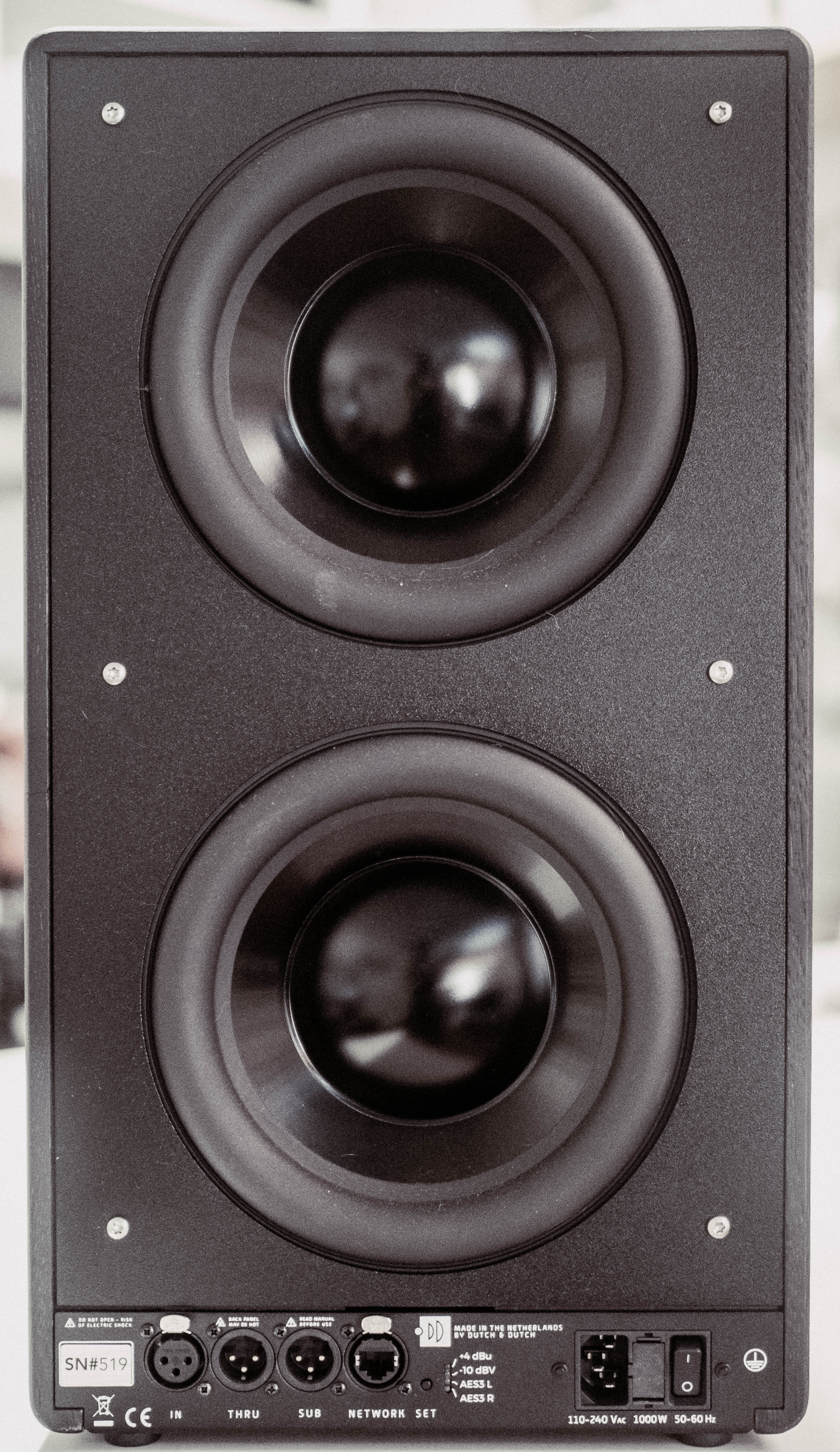
What it sounds like
To optimize performance, D&D asks you to input the distance to your walls using the speaker’s web app. Once I put the measuring tape away, the ensuing listening experience was one of the few times I’ve been wowed by a speaker in recent memory.
Bass.
It wasn’t just the quantity that was impressive; I’ve tested plenty of speakers with similarly deep bass extension, and I use subwoofers for my everyday listening. Rather, it was the fact that with hardly any effort on my part, the bass was seemed so right. Not too much, not too little, and everything sounded snappy and ‘tight.’
Looking at the measurements, it’s easy to see why. Below is the sound as captured from my listening position for three speakers:
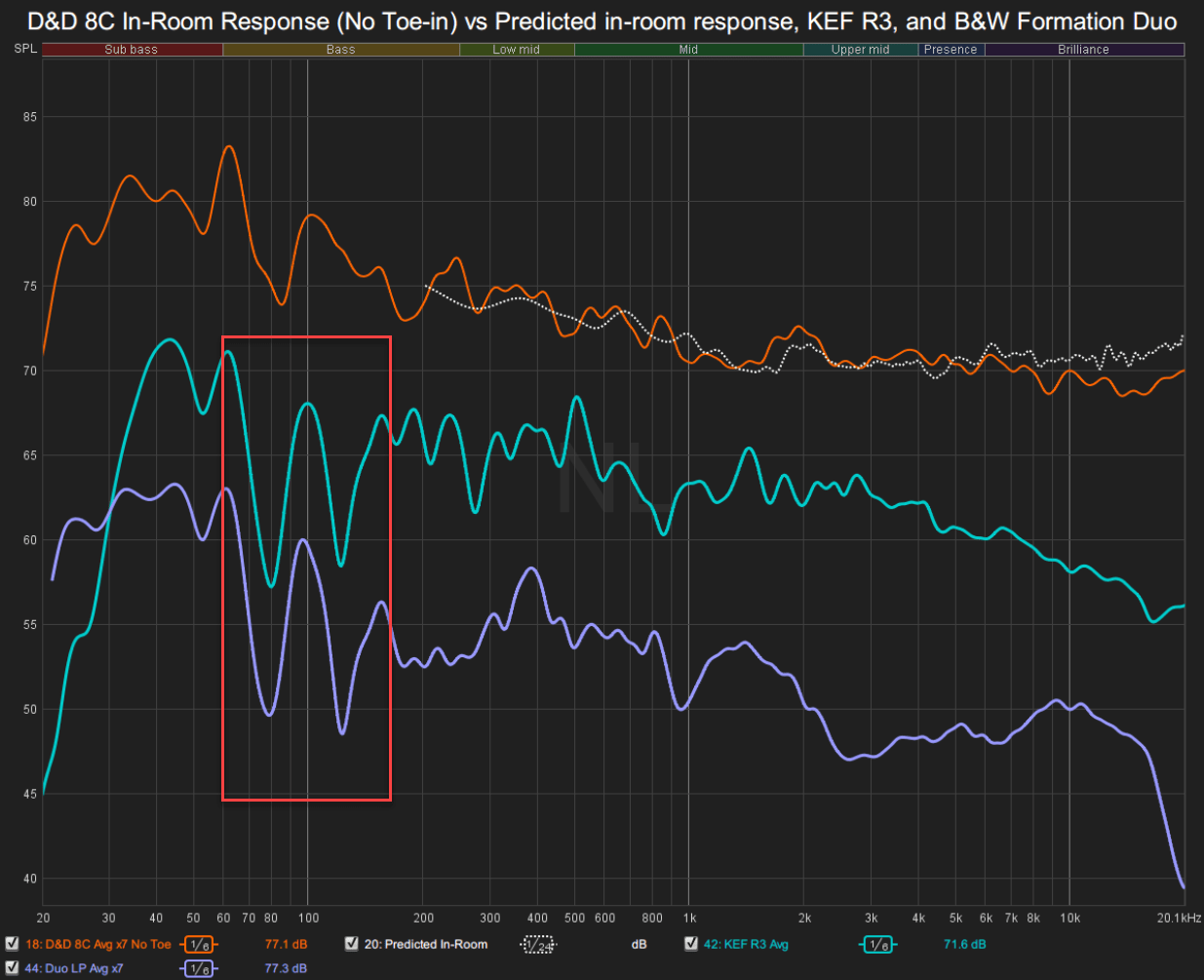
In orange is the D&D 8c’s frequency response. Below are two other speakers with more traditional radiation patterns for comparison.
See those massive dips in the bass that are absent or reduced on the 8c? Those are room artifacts messing up the bass. They were present in every single speaker I’ve measured from my listening position until I tested the 8c. In a track like Beyonce’s Partition, which starts with a big ol’ bass sweep, I can clearly hear these dips on the other speakers, but not on the 8c. It’s clear the cardioid radiation is working.
As noted earlier, I can substantially clean up these problems with my subwoofers and careful room EQ, but it involves a lot of trial and error just to get close to what the 8C’s do out of the box.
The clean bass has the effect of making other frequencies seem cleaner too and it’s hard to describe any particular sonic qualities of the mids and treble when the main impression was of transparency. The 8c simply sounded neutral, in the best of ways.
I struggled to hear any coloration inherent to the speaker, and it sounded great with everything I threw at it. Moreover, if I ever wanted to tweak the sound a bit for a particular song, the 8c’s app comes with quick controls for the sub-bass, bass, and treble. I personally just bumped up the sub-bass a notch.
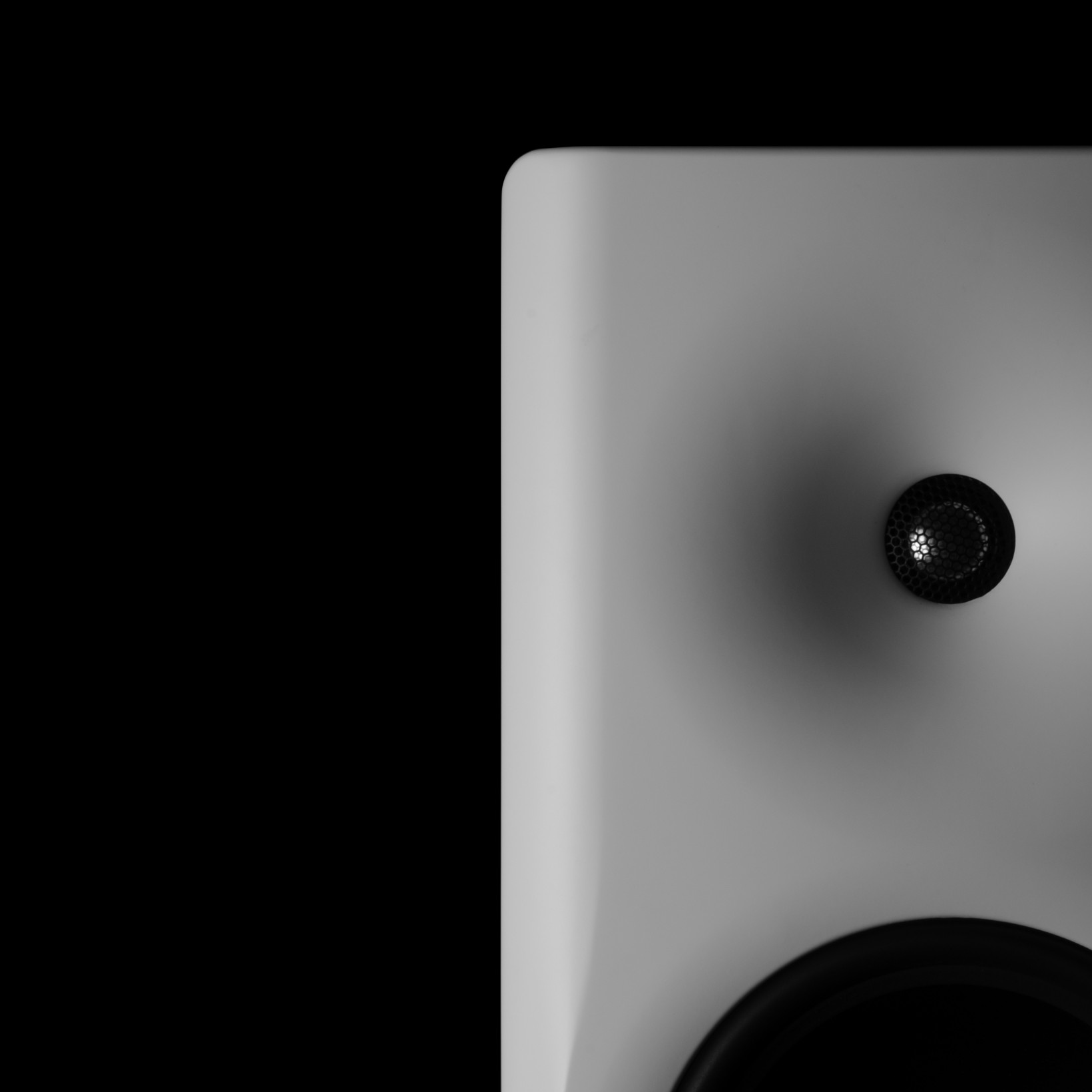
In terms of soundstage, the 8c presented one of the most precise, almost-physically-tangible stereo images I’ve had the pleasure to listen to. That said, its tendency is towards a sharper, more front-row experience than, say, the massive but more diffuse soundstage I had with the JBL L100 Classic. I prefer the latter presentation, but 8c’s soundstage can be influenced substantially by how you position the speakers.
Unlike many speakers, the 8C change little in tonality with toe-in, so you’re free to experiment with your preferred soundstage width. Point them right at your ears and the soundstage snaps into focus. If you point them straight forward to invoke more sidewall reflections, the soundstage expands significantly at the effect of a little sharpness.
Unsurprisingly, I preferred the latter setup, though I still found myself wishing for a more expansive soundstage than pinpoint precision the 8c provides.
More measurements for the audio nerds
You might be wondering why the speakers sounded neutral given the downward tilt in my earlier measurements. This is actually a good thing; studies show such a tilt tends to be perceived as neutral and enjoyable for speakers measured in a typical room.
The tilt happens because a room will tend to reinforce bass frequencies and attenuate treble. Despite this fact, our brains are still pretty good at hearing the speaker ‘though’ the room, the same way we can recognize a friend’s voice whether in an open field or in a closet. Remove the reflections – such as by measuring in an anechoic chamber – and you get to the true sound of the speaker; the tilt disappears.
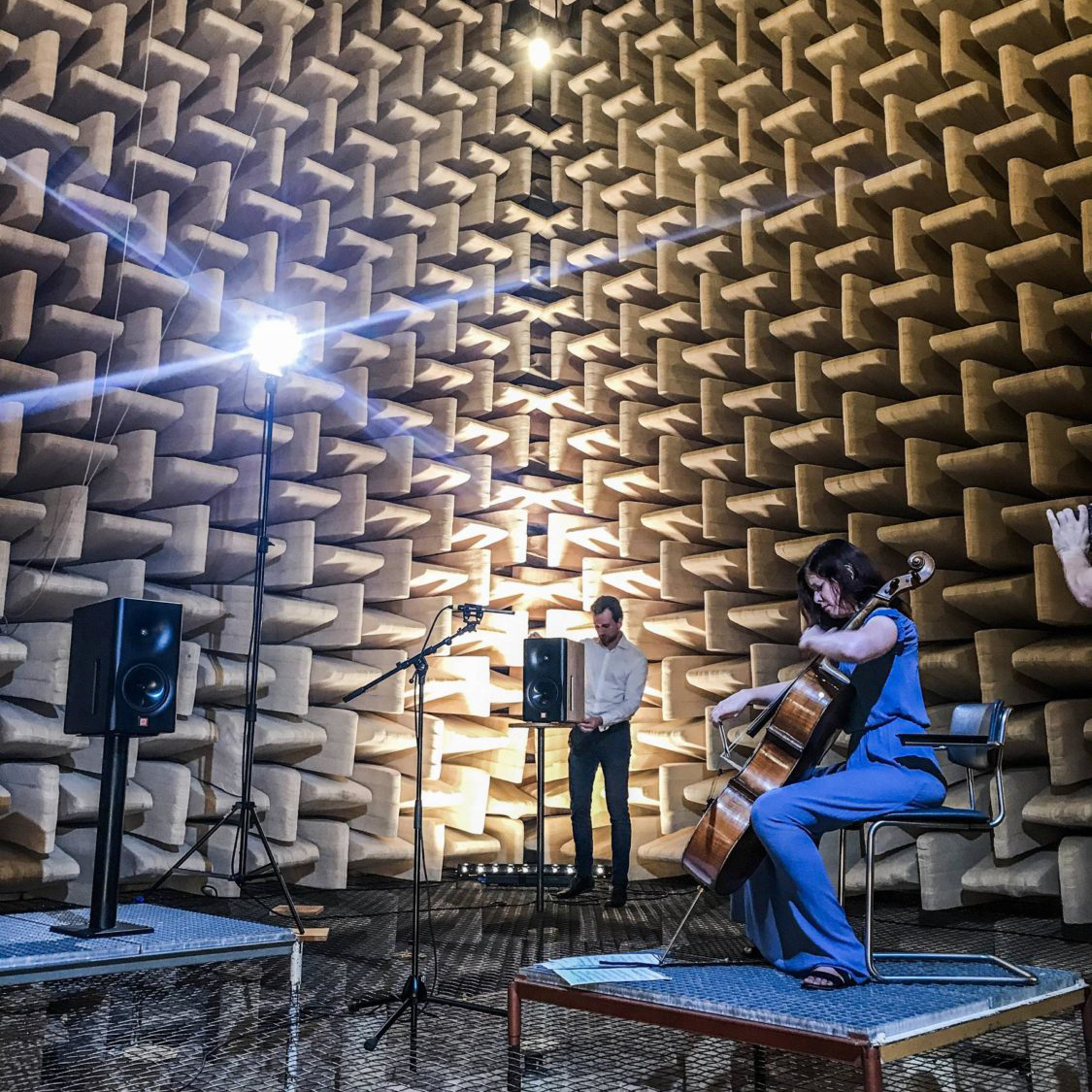
Such is the case with the 8c. Using a technique that allows me to remove room reflections from my measurements, I can approximate the speaker’s anechoic response, at the expense of resolution at lower frequencies.
Below is a graph colloquially called a ‘spinorama,’ so-called because it involves rotating the speaker to capture its sound at whole bunch of horizontal and vertical angles — 70 total. The spinorama distills all that data into a more digestible form, giving us a detailed overview of a speaker’s performance.
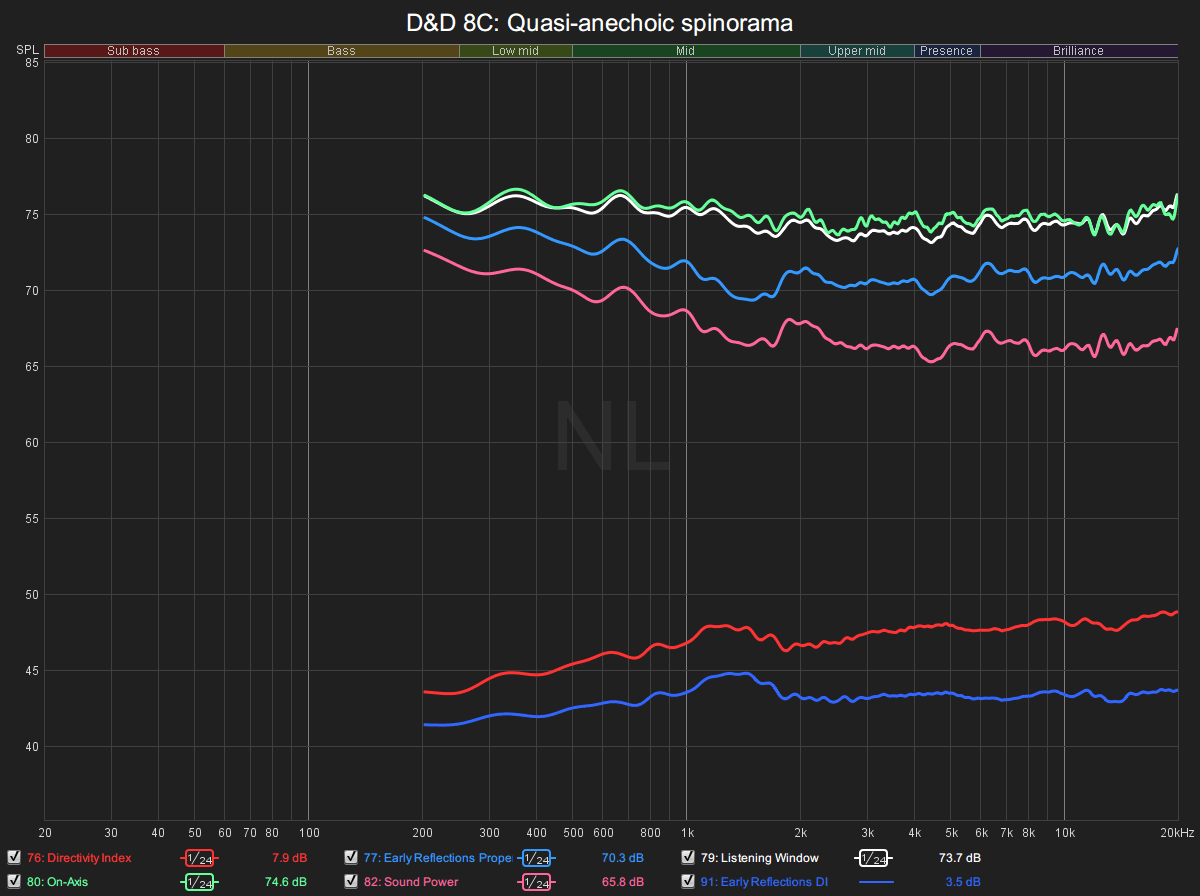
Thorough explanations of how to interpret these graphs are provided over at Speaker Data 2034 and Audioholics. But at a very basic level:
- The On-Axis and Listening Window curves should be relatively flat. They represent the ‘direct’ sound of the speaker before any reflections. The On-Axis is measured with the speaker aimed directly at the microphone, while the Listening Window is an average of a few angles to account for the fact most people don’t sit still or centered. These have the biggest impact on our perception of timbre.
- The Early Reflections curve averages various angles to estimate the very first bounces off your walls, floor, and ceiling to reach your ears. These reflections, which are mostly in the front hemisphere, significantly affect timbre too. We want the ER curve to tilt down but otherwise be pretty similar to the Listening Window response. This curve also best predicts the final in-room response.
- The Sound Power curve represents an average of the speaker’s sound in all directions, but it’s not as useful as the ER curve for speakers that mostly radiate sound forward.
- The Directivity Index and Early Reflections DI curves tell us how similar the off-axis sound is to the direct sound. These are calculated by subtracting the Sound Power and Early Reflections curves from the Listening Window, respectively. Smooth DI curves suggest the off-axis and direct are similar, which bodes well for the soundstage.
There’s just not much to report here: D&D 8C performs admirably on every front. It is one of the flattest speakers I’ve measured, and it shows in the sound. According to Dutch & Dutch’s Martijn Mensink, the speaker required virtually no manual ‘voicing’ – its measurements were enough to ensure transparent sound.
For the speaker nerds, the gallery below contains a more detailed breakdown of the 8c’s sound, including detailed horizontal and vertical response, and deviation from linearity (how the sound changes at different volume levels).
Sound design
I’ve only talked about sound so far because if you’re spending 10 to 13 grand on a pair of speakers, I’d hope acoustics are your priority.
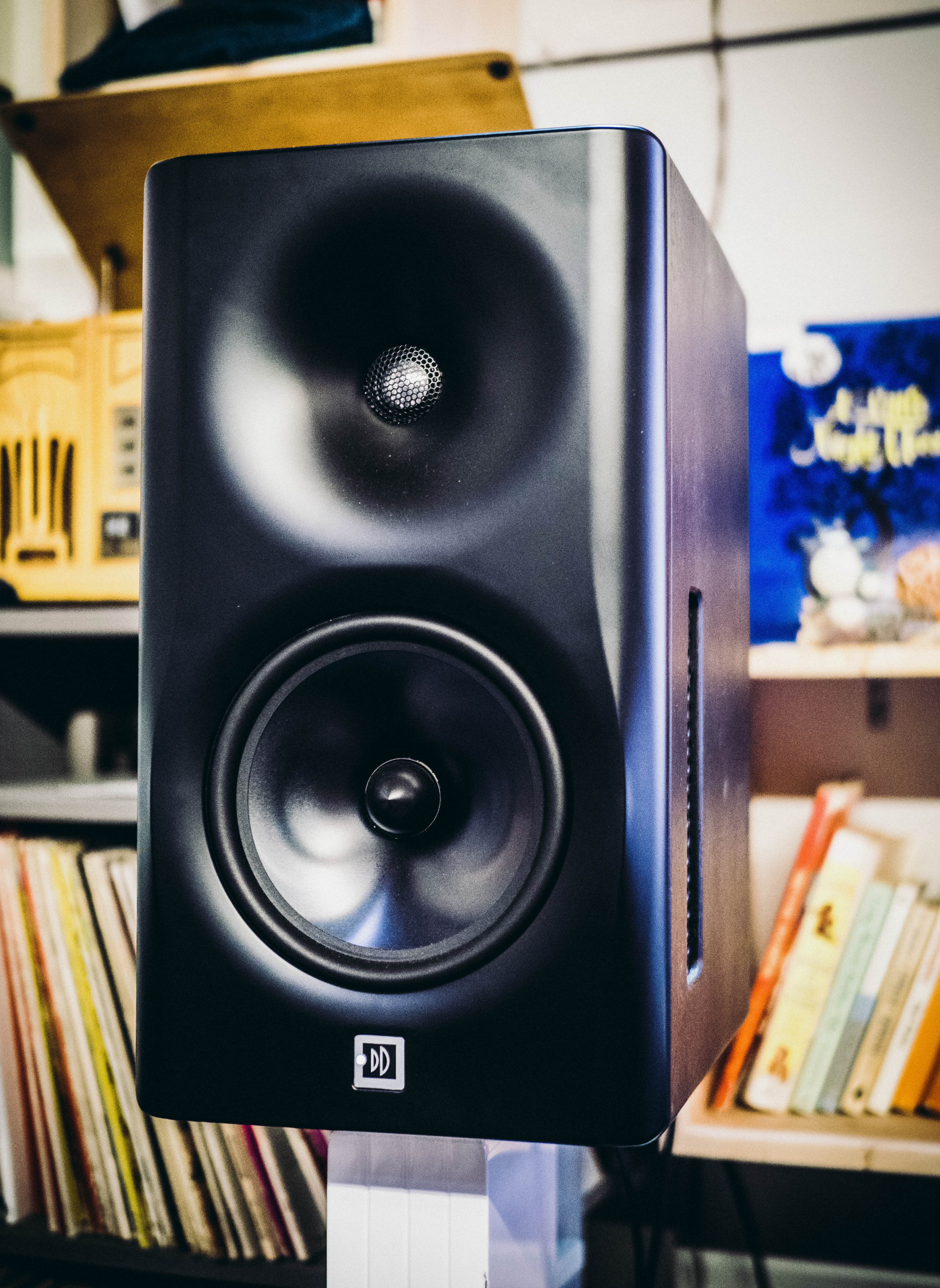
But the 8c gets most of the other basics right too. I personally love the look; they adeptly walk the line between professional utilitarianism and living-room friendly furniture. Though the all-black model I tested looks classy, I particularly dig the white-on-wood colorways.
Granted, they are massive for ‘bookshelf’ speakers, but they don’t visually dominate a room the way many towers do. They also have a more modern and sleek design than the vast majority of studio monitors.
The web app is a welcome bit of modernity as well. You get access to basic adjustments for sub-bass, bass, and treble, which makes it easy to adjust these parameters on the fly for different recordings. But you can also go deep into EQ filters to perfect sound for your tastes and particular room using measurement software like Room EQ Wizard. While other high-end speaker manufacturers seem too proud to let you adjust the built-in sound, Dutch & Dutch embraces this flexibility. There’s even a night mode that reduces bass frequencies likely to disturb your neighbors.
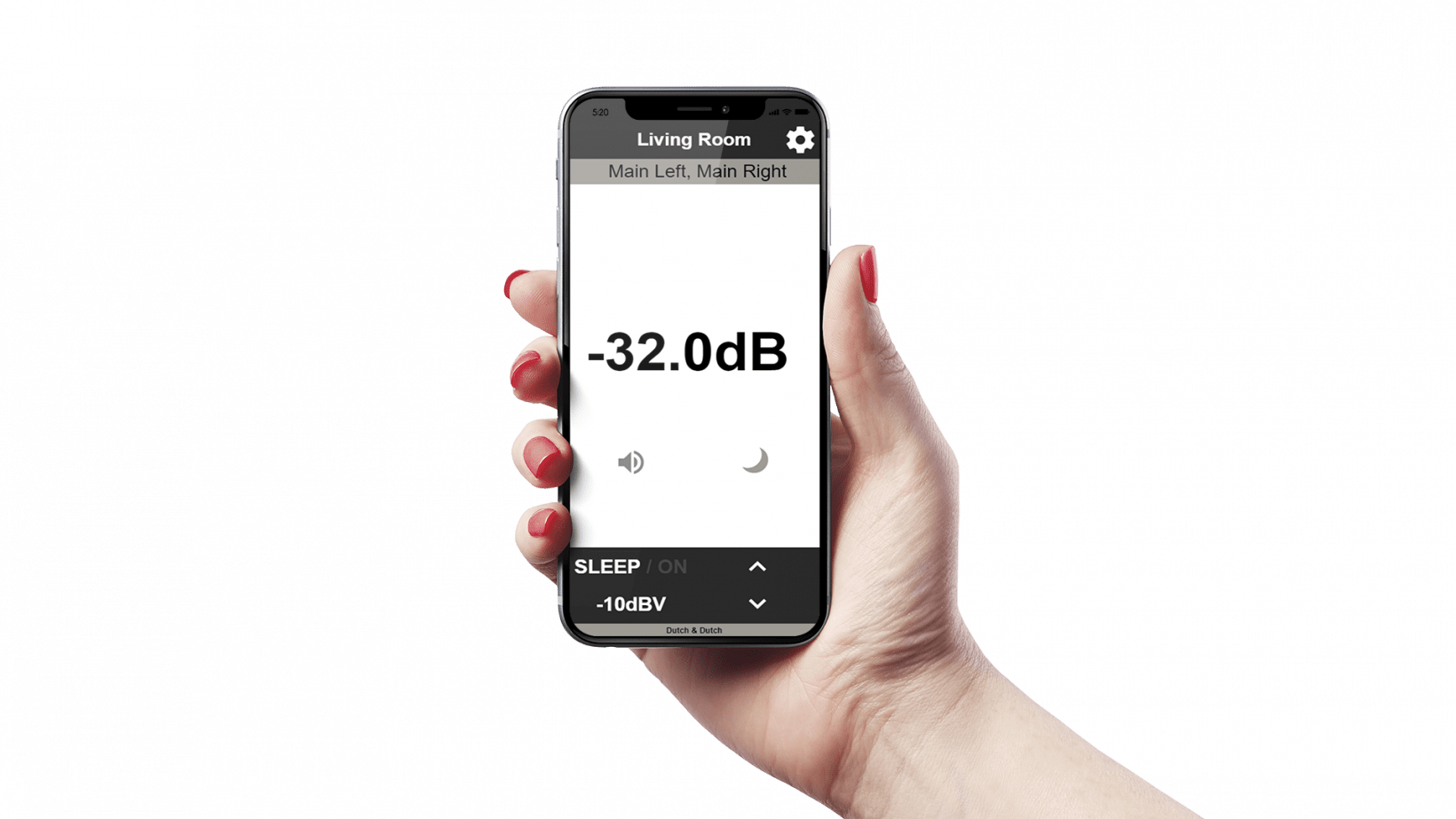
This brings me to my biggest qualm: there’s no Wi-Fi or Bluetooth onboard, so you need an Ethernet connection to make any changes. While for professional studios this might not be a problem, there are no Ethernet cables in my living room, nor do I want there to be. I had to use a spare router just to set up a separate network for the 8cs. It also means you need to run three thick cables per speaker if you want instant access to sound setting – power, sound, and ethernet – which goes against the minimal aesthetic.
Lastly, it’s worth noting that during testing one of my speakers suddenly stopped working due to an electronics failure. This was disappointing given the speaker’s price, but it ultimately highlighted something I appreciated about the 8c. Instead of having to ship the speaker back to the manufacturer, D&D’s US distributor immediately shipped me a replacement board, and it took less than 5 minutes to replace the faulty component. The entire set of electronics is easy to pull out from the speaker after removing a few screws, which bodes well for future repairs and even potential feature upgrades.
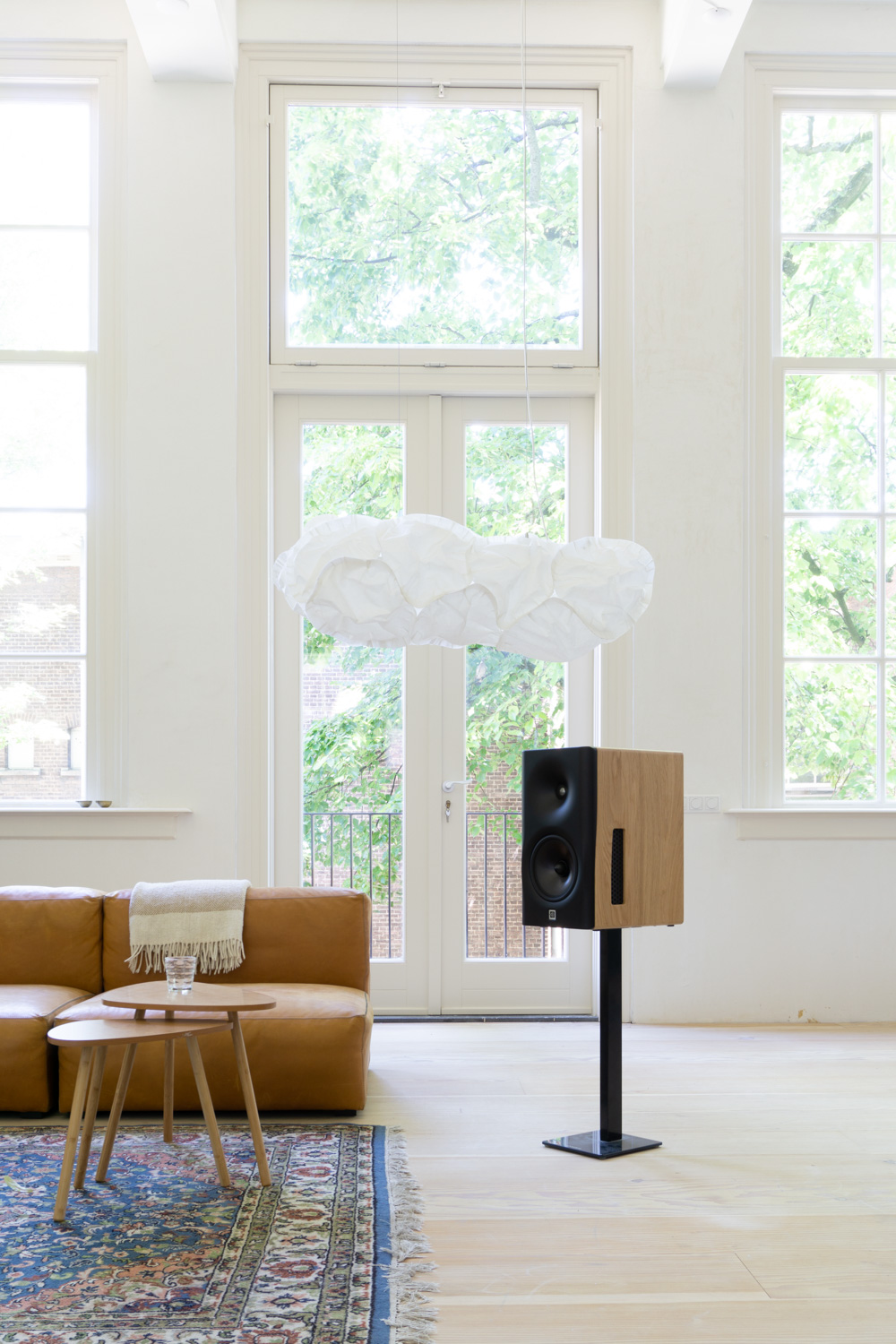
A couple of user experience issues aside, the D&D 8c is the most irreproachable speaker I’ve had the pleasure of listening to.
The 8c’s inventive design is a breath of fresh air in a world of hi-fi speakers that are all variations on the same basic theme. It simply sounds better than any speaker I’ve listened to without extensive bass EQ, and its cardioid design makes it adaptable to virtually any listening space with minimal effort. That you can quickly and easily modify the sound to your taste is extra icing on the cake not usually available on such high-end speakers.
Did I mention the 8c is Dutch & Dutch’s only speaker so far? What a way to enter the market. Here’s hoping the company branches out into more mainstream (read: affordable) designs going forward. If you do have the $9,750 to $12,500 to spend on speakers — whether because you’re an audiophile or your work depends on good sound — it’s hard to imagine a better way to spend it.
Get the TNW newsletter
Get the most important tech news in your inbox each week.


